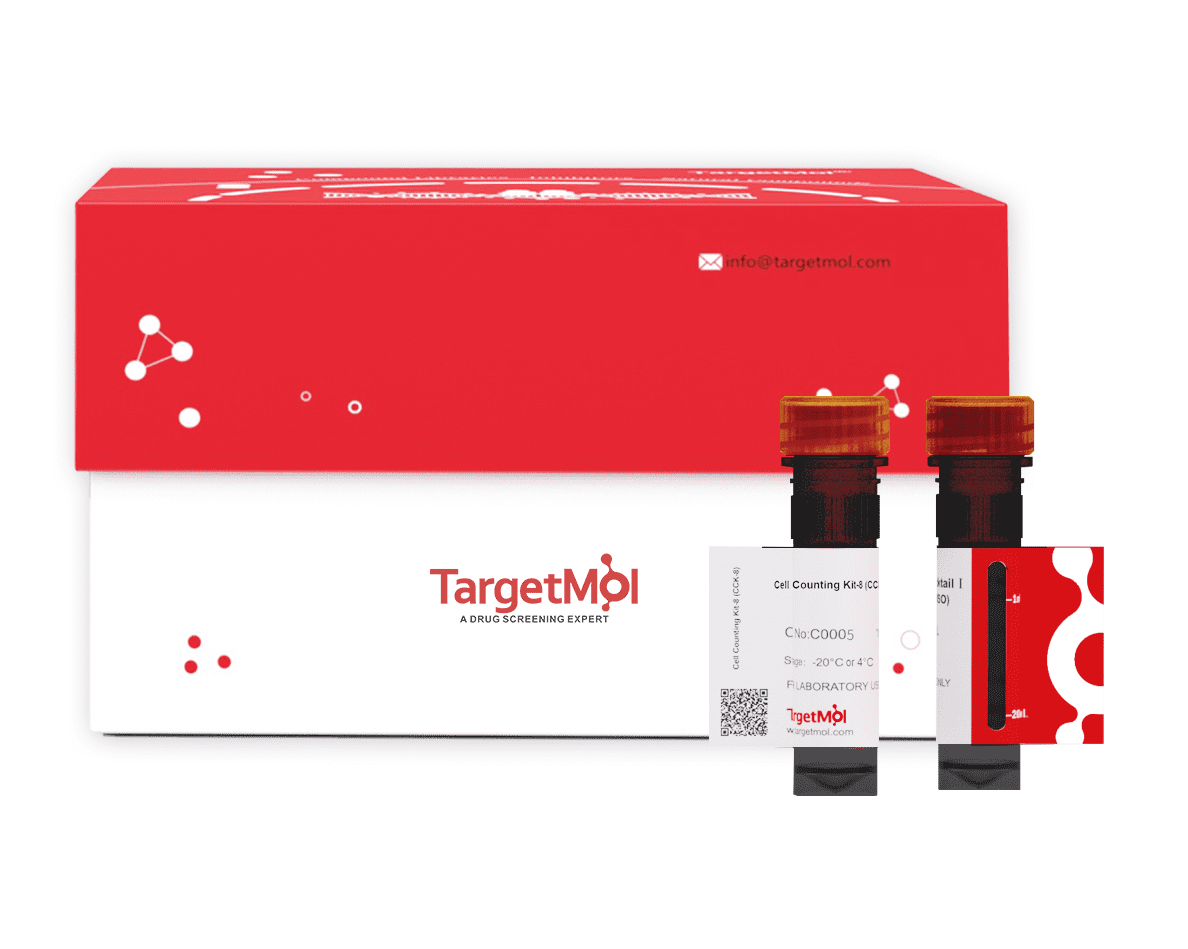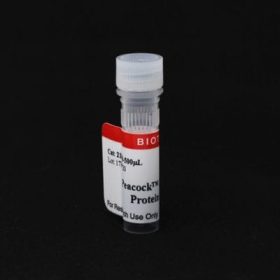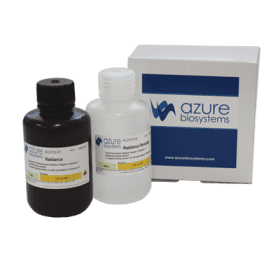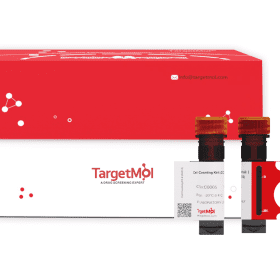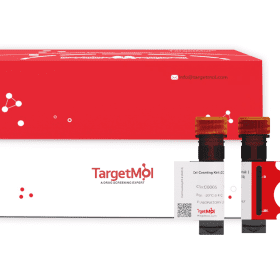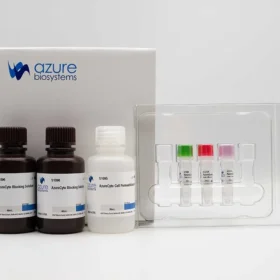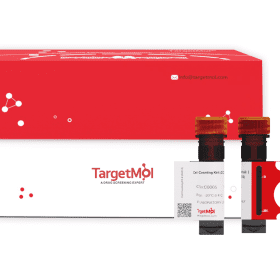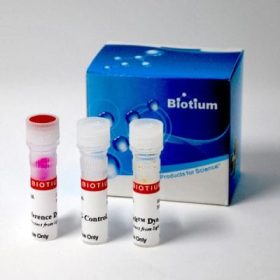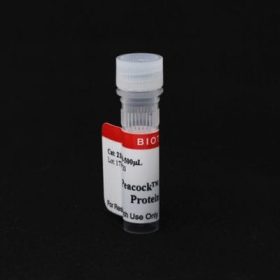TargetMol provides a wide array of customizable Protease Inhibitor Cocktails, each with varying mechanisms of actions, aimed at protecting your protein samples. They work by helping proteins avoid rapid degradation caused by endogenous proteases during the cell lysis and protein purification processes. The Protease Inhibitor Cocktail I contains six protease inhibitors with broad specificity, aimed at facilitating the inhibition of aspartyl, cysteine, serine, as well as several aminopeptidases.
All products from TargetMol are for Research Use Only. Not for Human or Veterinary or Therapeutic Use.
Composition
| Ingredient | CAS | MW | Concentration (100x) | Target | Type |
|---|---|---|---|---|---|
| AEBSF.HCl | 30827-99-7 | 239.69 | 104 mM | serine proteases | Irreversible |
| Aprotinin | 9087-70-1 | 6511.44 | 80 μM | serine proteases | Reversible |
| Bestatin | 58970-76-6 | 308.37 | 5 mM | aminopeptidase B; LAP | Reversible |
| E-64 | 66701-25-5 | 357.41 | 1.5 mM | cysteine proteases | Irreversible |
| Leupeptin | 55123-66-5 | 475.6 | 2 mM | cysteine proteases; serine proteases | Reversible |
| Pepstatin A | 26305-03-3 | 685.89 | 1.5 mM | aspartic proteinase | Reversible |
Features
- Accurate Ingredients —— Accurate components and clear concentrations to avoid experimental uncertainty
- Comprehensive Protection—— Effectively inhibit various proteases to protect proteins from being degraded
- Cost-Effective —— Lower price with higher quality
Handling Instruction
- Compatible with Western Blot analysis, Co-IP, pull-down, IF, IHC, kinase assay and etc.
- Thaw in Room Temperature. Please centrifuge it at low speed before opening the cover, so as to throw the liquid adhered to the wall of the tube to the bottom.
- Add concentrated cocktail at 1:100 (v/v) dilution to solution samples (such as cell lysates or tissue extracts) before assaying.
- Briefly vortex cocktails to help facilitate the dissolution.
- Extracts of up to 20 g wet weight.
Notice
- Following initial thaw, aliquot and freeze (-20°C) to avoid thawing and refreezing repeatedly.
- Some DUB proteases (one example is ATAXIN-3) cannot be suppressed by traditional protease inhibitors, such as E-64, AEBSF, bestatin, leupeptin and Aprotinin.
(Reference: Neil D. Rawlings, Guy Salvesen et al. Handbook of Proteolytic Enzymes, Vol.1, 2012.)

